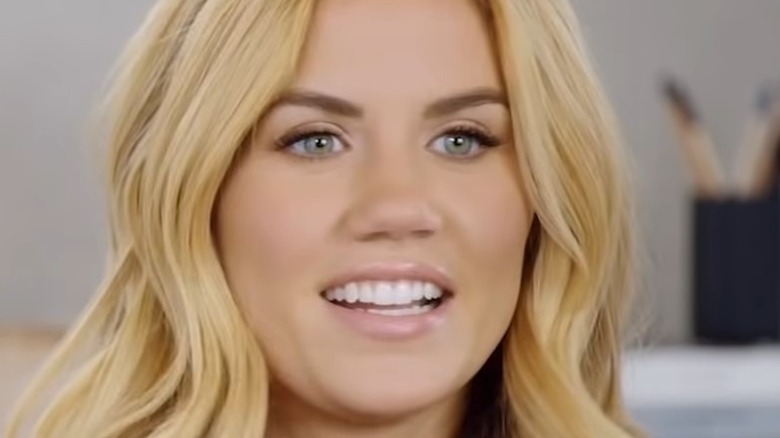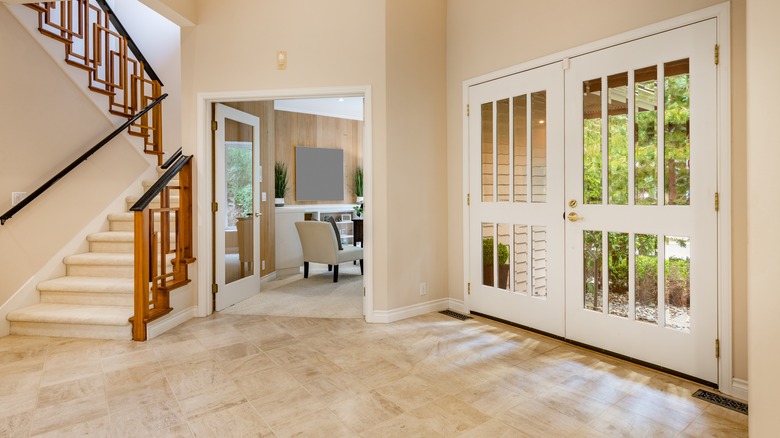Dream Home Makeover's Shea McGee Best Advice When Mixing Flooring
Interior designer Shea McGee's signature aesthetic — coupled with the power and influence of online platforms like Instagram and YouTube — has helped launch both her and her husband turned business partner, Syd, into stardom and led to the growth of their widely successful design business, Studio McGee.
According to MyDomaine, Shea became enamored with interior design while attempting to transform her and Syd's first apartment. Afterward, she turned her hobby into a career when the duo decided to take the risk and embark on their own business venture. In 2014, they launched Studio McGee, followed by online retailer McGee and Co. in 2016 (per PopSugar).
The couple's popular YouTube channel and Instagram account — which now boasts a whopping 3.3 million followers — are responsible for helping them gain such serious traction in the industry and led them to their most recent business venture: the binge-worthy Netflix series, "Dream Home Makeover."
The design duo has also recently launched their first collaborative retail collection with Target and co-authored a New York Times Bestseller, "Make Life Beautiful."
Mix flooring styles in a tasteful way
With all the commercial success Shea and Syd McGee have had in recent years, it's no surprise that fans are eager to learn some of their insider tips for turning their own homes into cozy and modern "McGee-inspired" spaces. Thankfully, Shea has shared some advice for tackling one design element many people struggle with: mixing flooring.
While many people settle for just one type of flooring for all adjoining spaces in their home, McGee wants people to know that they don't have to be afraid to mix different types of flooring — as long as they do it correctly and tastefully. According to Realtor, she says that matching two different types of flooring in adjoining rooms — such as carpet and tile — with the same color can look dull and too "matchy-matchy." Instead, she says to try choosing complementary colors.
Mixing different textures and patterns while maintaining a similar (but not exact) color palette can help improve the overall flow of your house and help break up your space into distinct spaces that serve their own purpose.

